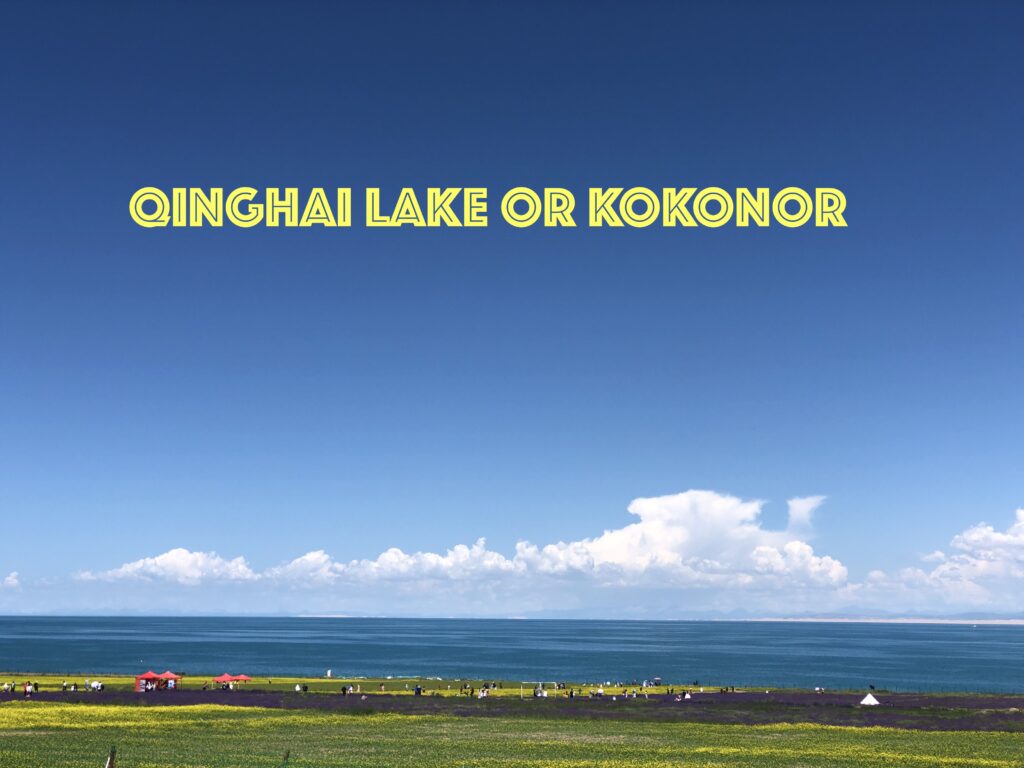
The largest mountain lake without a river outlet in Central Asia, it is located in a depression of the Dola Mountain range, its surface at an elevation of about 10,500 feet (3,200 metres) above sea level.
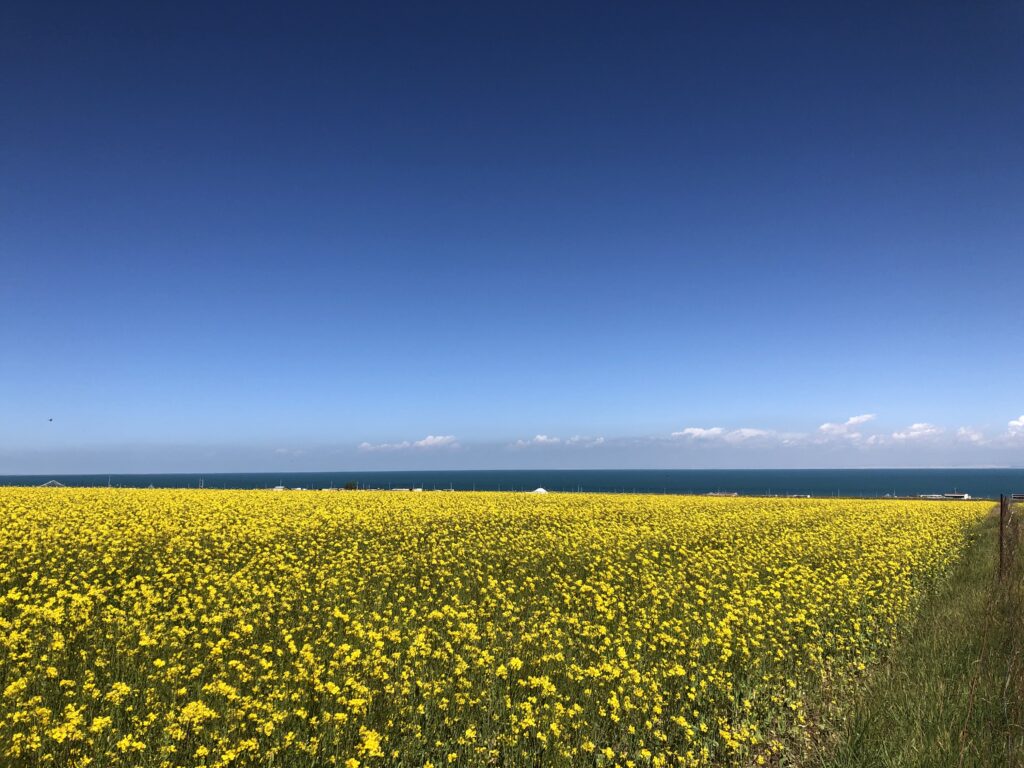
The length of the lake approaches 65 miles (105 km) and the width 40 miles (65 km); The greatest known depth is about 125 feet (38 metres). small areas of water have become isolated from the lake’s main body in shallower coastline stretches. The water is azure in colour, and the name of the lake is derived from the Mongolian word Kokonor meaning “blue lake.”
The Koko Nor depression originated some 2.5 million years ago. The lake that formed in the depression originally drained into the Machu River, but uplift of the surrounding mountains cut off this outlet. Meltwaters from ancient glaciers thus accumulated and formed a larger, deeper lake in the late Pleistocene Epoch (i.e., at least 11,700 years ago). At that time the lake was nearly one-third wider than it is today and almost 160 feet (50 metres) deep. When the glaciers subsequently melted away, the lake dropped to its present level.
The Buha River empties into the western part of the lake, the resulting delta protruding southeastward toward the centre of the lake. Of some two dozen rivers and streams that empty into the Koko Nor, the Buha River is the biggest. These rivers flow fastest in summer, raising the lake level. However, these streams (including the Buha) occasionally dry up for periods of time, the result of their water being diverted for irrigation and a general decline in precipitation in the region.
The Koko Nor basin has a comparatively dry climate. Snowstorms during the winter rage through the first half of March, although snow accumulation is not great. Most precipitation (more than 70 percent) occurs in July and August. On the southwest shore of the lake and on the slopes of the South Qinghai Mountains annual precipitation is 10 to 12 inches (250 to 300 mm); on the northern shore it is 14 to 16 inches (350 to 400 mm), and annual precipitation in the mountains to the north of the depression is up to 20 inches (500 mm). During the summer, water in the lake warms to 64–68 °F (18–20 °C). From November to March the lake surface freezes, the ice becoming as much as 2 feet (60 cm) thick.
Wild Life of Qinghai lake
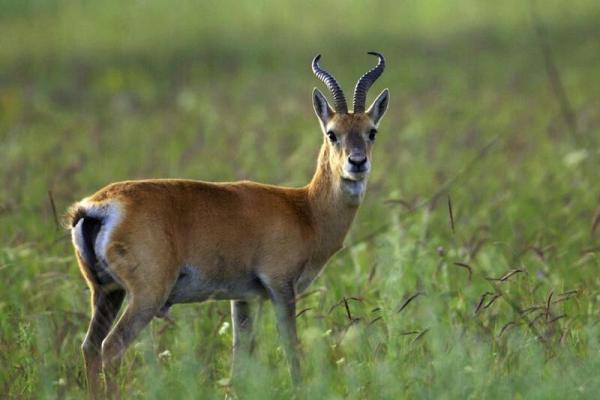
Fish in the lake belong mainly to the carp family. Few large wild mammals inhabit the area because of the human presence in the territory, but the kiang (Asiatic wild ass) and the Przewalski’s gazelles are found there. Blue sheep (oaran-kukuyaman) live in the mountains, as do wolves. The waterfront and the adjacent slopes are inhabited by a large variety of birds, including skylarks, grouse, sandpipers, cormorants, falcons, eagles, gray geese, and a few types of duck and gull.
The Przewalski’s gazelle that only lives around Qinghai Lake is the rarest mammal species endemic to China, and also one of the rarest ungulates in the world, listed as “endangered” species by IUCN, The Qinghai Lake National Nature Reserve Administration has taken various measures to save the Przewalski’s gazelle. As a result of many years’ protection effort, the number of Przewalski’s gazelle individuals has increased from 300 plus in the 1990s to more than a thousand.
Center Island
Center Island is called Mahadeva, and is the largest, and its name means “the heart of the lake”. The island has a couple of hermitages, and it is a popular place of pilgrimage among monks, who didn’t use any boats to access it, but rather waited for winter to come, when the lake is frozen for 3 months, and they approached the island by foot on the frozen lake.
Qinghai Lake Cycling Race
The Tour of Qinghai Lake is an annual professional road bicycle racing stage race held in the Qinghai province of China since 2002, named after Qinghai Lake. The race is sanctioned by the International Cycling Union (UCI) as a 2.HC race as part of the UCI Asia Tour. The race was to become part of the new UCI ProSeries in 2020.
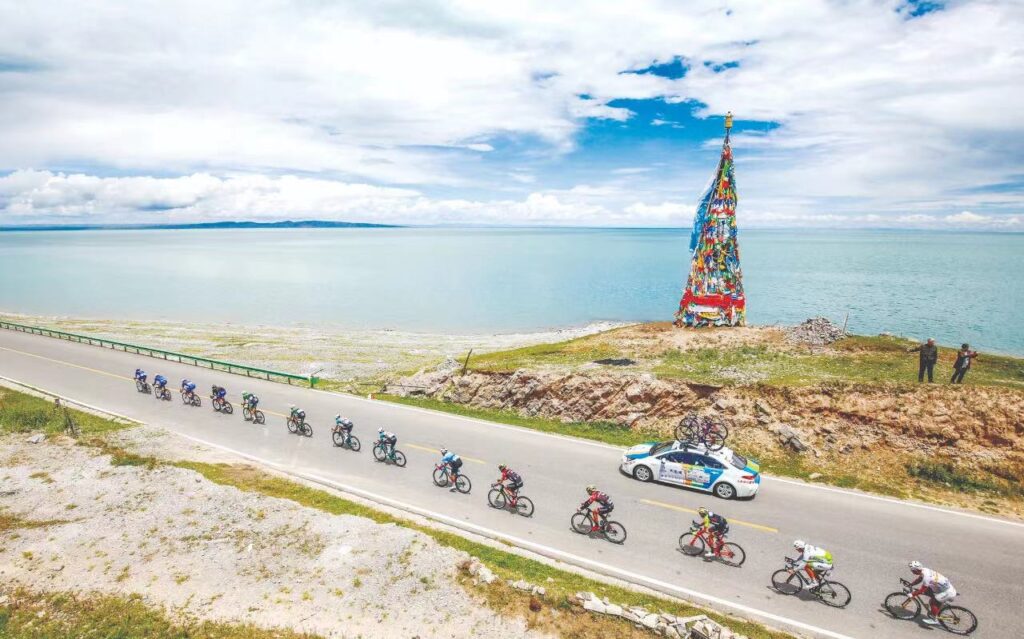
How to get to Qinghai lake
There are buses from Xining Bayi road bus station to Qinghai lake, or you can also hire a private car to the lake, normally it costs 800Y – 1000Y.
Note: Qinghai has so many private scenic areas all around the lake and the main scenic spot consider to be the 151 scenic spot, but full of Chinese tourists during the summer months.
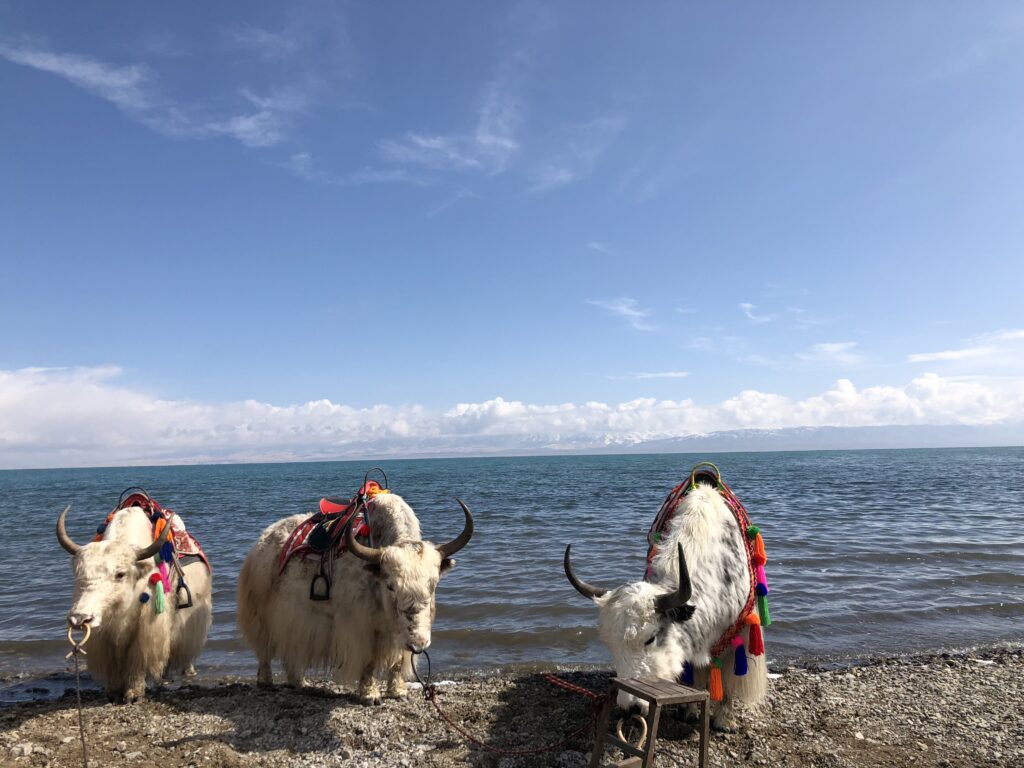
| Name of Entry/Entrance Fee | November – March | April – October |
| 151 or Erlangjian Scenic Spot | 50Y | 90Y |
| Fairy Bay | 60Y | 60Y |
| Sand Island | 35Y | 70Y |
| Bird Island | Closed | Closed |
Note: Free for Children under 1.2m
Day Trip to Qinghai Lake
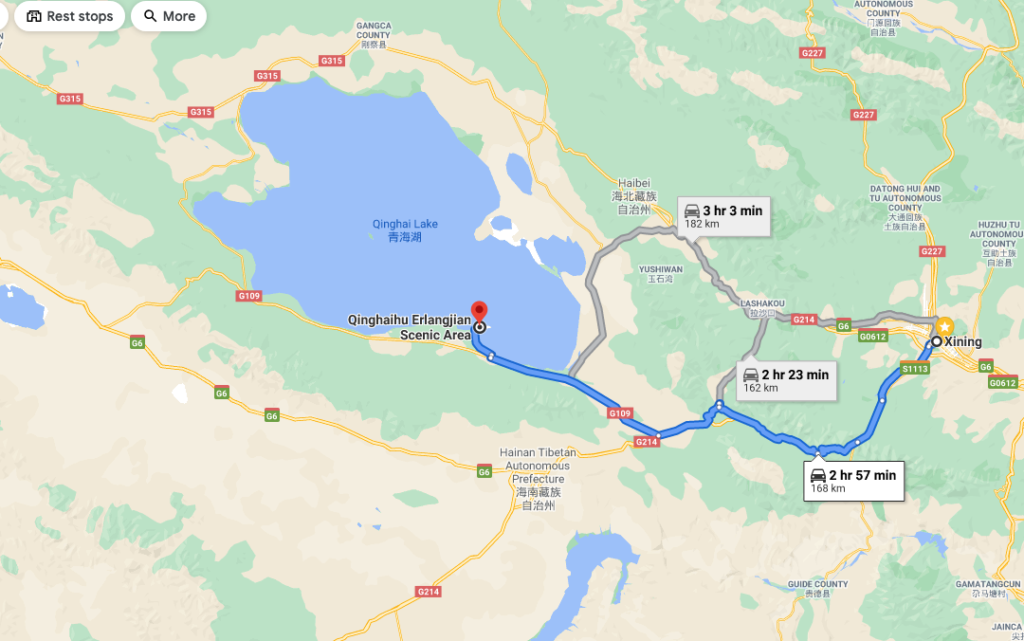
 Tibet World Travel Tibet Tour, Tibet Trip, Tibet Travel, Tibet Train, Tibet Trekking,
Tibet World Travel Tibet Tour, Tibet Trip, Tibet Travel, Tibet Train, Tibet Trekking,
